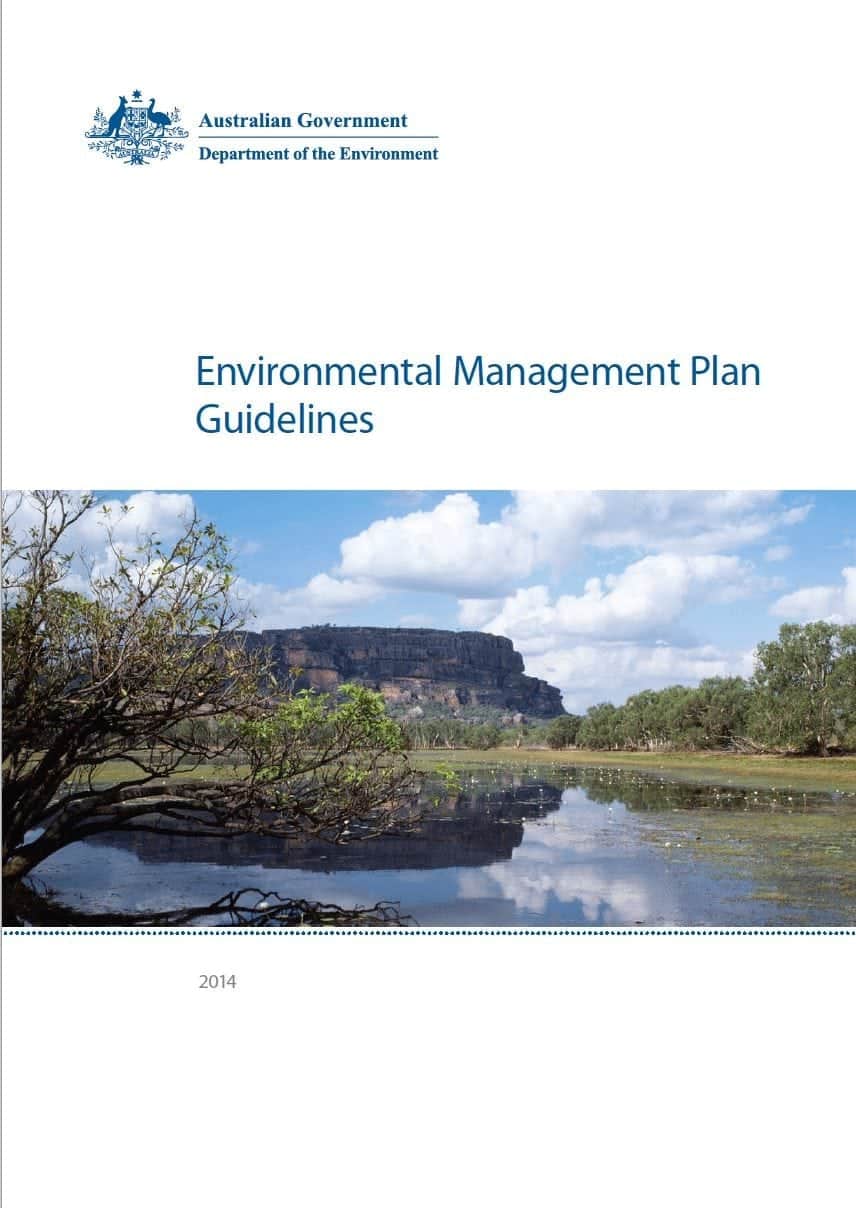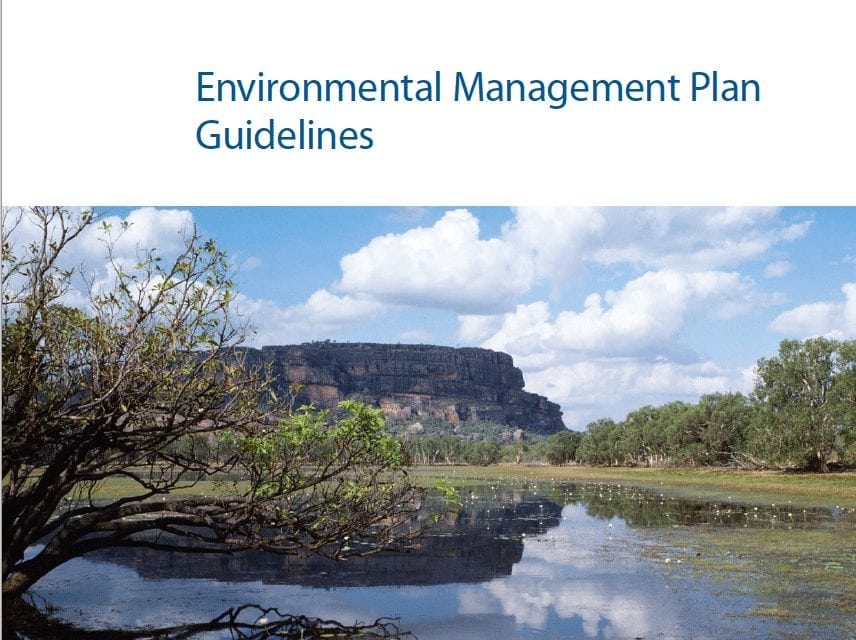Construction environmental management plans (CEMP) are basically the who, what, when and where of on-site environmental management during construction activities.
They explain how potential environmental harm will be mitigated during a construction project by analysing possible environmental harm scenarios that could occur and setting out plans to avoid and minimise negative environmental impacts.

Particularly for smaller projects, CEMPs should be readable, with images to provide guidance, and not overly complete or long. a CEMPs purpose is not to creat legal liablity cover (although that should be considered), but to communicate to individuals of different backgrounds, histories and skills sets, to implement construction with protections in place for the enviornment. - iEnvi Director Michael Nicholls
iEnvi often is called to assist construction and development companies struggling with compliance during construction due to erosion and sediment control, contaminated materials, accepting imported material to site, noise and dust complaints, managing asbestos and other issues.
A basic CEMP structure will include sections on background information, environmental management, implementation, and monitoring and review. Those sections should contain project information and guidelines such as:
- Description of the construction site and the surrounding environment
- A list of responsible people for implementing or ammending the CEMP, their responsibilities and contact details
- List of construction works needed to complete the project, with expected time frames
- Identification of any potential negative environmental impacts, and possible mitigation strategies for those impacts
- Management measures for source-receptor-exposure pathway mitigation
- Identification of a least one person responsible for complaints and communications
- Guidelines for reporting and verification
- Contingency plans for ineffective management measures
Potential negative environmental impacts can be avoided or minimised through careful management of environmental issues, including:
- Air quality/dust and asbestos management
- Noise
- Site contamination
- Waste
- Water quality
- Contamination management
- Unexpected finds management
- Environmental monitoring
- Erosion and Sediment Control Plan
- Vegetation and pest management
- Flora and fauna management
- Emergency contacts
- Environmental awareness training for employees and contractors
The South Australia EPA recommends (along with most state approving bodies) that a CEMP be prepared whenever there is a chance that construction projects could impact the environment negatively. CEMPs should be produced by a qualified and experienced environmental consultant, especially when the construction project is large and complex.
iEnvi believes in using simple tables, images and straightforward language in preparing CEMPs, as they are essentially a communication tool for site workers to review and refer to.
Whatever your project, iEnvi can produce CEMPs that are readable and compliant, for a standardised price. If you need environmental reporting and due diligence, contact us on [email protected] or 13000 43684 (13000 iEnvi) to speak to our expert team.
Some of the organisations our expert team have helped


